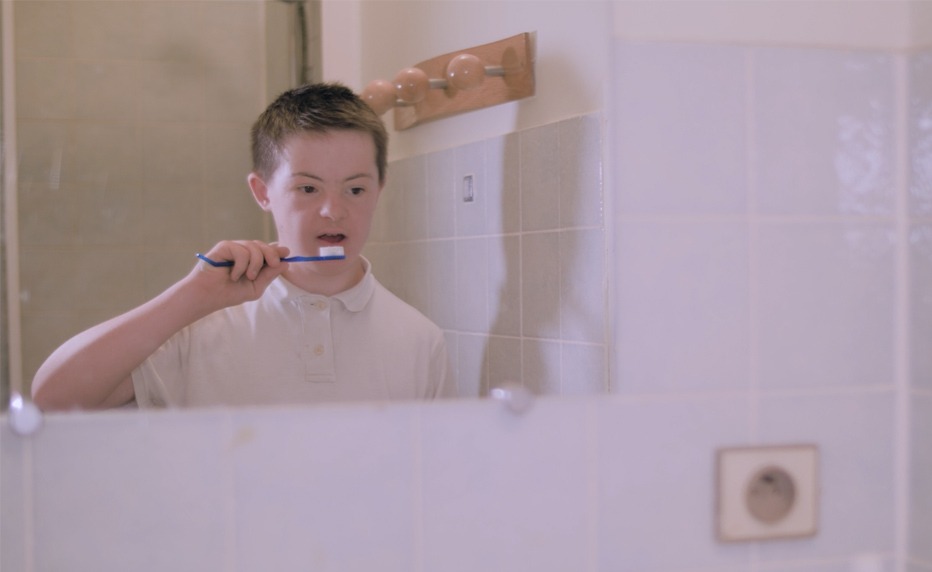
Many of our patients, whatever their age, have fears and phobias about different objects or actions (fear of going out, fear of the hairdresser, fear of the dentist, fear of medical procedures). In these situations, it’s important not to let the person’s fears get the better of them. It’s easier to avoid the fear altogether, but that’s just putting off the problem, which will only grow in its own corner. Fortunately, with a few sessions of habituation to the situations that trigger fears, we can all make them go away.
Habituation is a cognitive-behavioral method which consists in repeatedly proposing sequences of an anxiety-provoking situation to the person. Each successful sequence is marked and rewarded before moving on to the next. The sequence of sequences is also worked on.
Most often, habituation is carried out by healthcare professionals in medical day-care centers: this is the case for habituation to care, for example. What’s interesting is that this method can also be practiced at home, with caregivers, whether for care or for everyday gestures.
Fear of doctors, care and injections is widespread, and must be addressed to avoid situations where care is abandoned or emergency restraint is required.
So it’s particularly important to prepare well for every consultation, whether with a doctor, dentist or any other medical or paramedical staff.
As a general rule, to ensure that the medical examination goes as smoothly as possible on the day of the consultation, remember to :
Overcoming the fear of EMLA cream
(Use moisturizing cream that has the same color and texture as EMLA cream)
This preparation must not be a time of conflict. The activity is suggested but not imposed. If it’s part of the daily ritual, it will be accepted more quickly.
You can use a scale with pictograms to help you visualize the stages reached. You’ll find pictograms on websites such as SantéBD or arasaac.
Every victory is immediately congratulated and rewarded. Failures, on the other hand, are de-dramatized and reworked until success is achieved.
We advise you to keep a scoreboard to track progress and acquisitions. It’s important to maintain a steady pace until the gesture is fully accepted.
Overcoming fear of the MEOPA mask
Overcoming fear of medical examinations and blood tests
This method can be applied to the stressful gestures of everyday life, such as brushing your teeth, going to the hairdresser or tidying your nails.
Here are a few essential points to bear in mind:
Small steps and a lot of kindness can go a long way. It’s now up to you!

Your registration has been taken into account